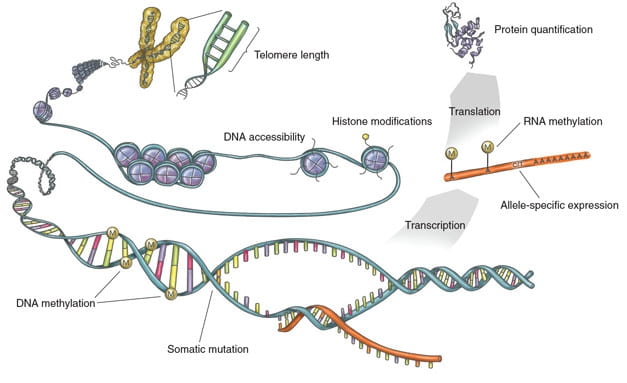By: Alzforum, Jessica Shugart – October 23, 2017
The DNA packaged neatly inside the nucleus of almost every cell in a person may be identical, but which parts are translated varies dramatically by cell type and by individual genome. In a Herculean effort to connect form to function, the Genotype-Tissue Expression (GTEx) project correlated genetic variations in 449 people with gene expression patterns among 44 postmortem tissue samples, including 10 regions in the brain (GTEx, 2017). Published in four papers in the October 11 Nature, the data present a bird’s-eye view of the diversity of gene regulation across the human body and across the human population. While some genetic variations exerted similar sway over gene expression in most organs, others modulated transcription in specific tissues. The landscape of gene regulation in the brain emerged as strikingly distinctive from other regions of the body.
“Frankly, this is a landmark piece of work,” commented John Hardy of University College London. “It provides an amazing resource for all of biology.”
Among other uses, GTEx will allow neurodegenerative disease researchers to investigate whether disease risk variants identified in genome-wide association studies (GWAS) actually trigger meaningful gene expression changes in the brain or elsewhere, commented Philip De Jager of Columbia University in New York. GTEx stands out in its attempt to look at as many tissues as possible within each donor. “That was a visionary decision they made,” De Jager told Alzforum.
Read More
